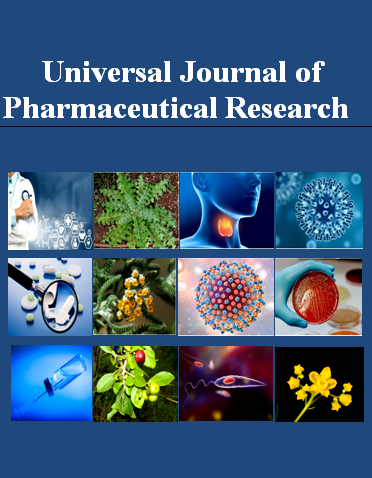FORMULATION AND EVALUATION OF HERBA GLOW SKINCARE CREAM
Keywords:
Herbal skincare, antioxidant activity, evaluation, Herba GlowAbstract
Background and aims: Nowadays consumers are now more aware of the possible hazards associated with synthetic formulations, thus there is a greater demand for skincare products based on herbs. Using herba glow containing Capparis spinosa, Morus nigra, and Rhodiola rosea, all of which are known for their strong antioxidant qualities. This study attempts to develop and assess the stability, physicochemical characteristics, and antioxidant activity of Herba Glow skincare cream.
Methods: Herba Glow cream was developed as an oil-in-water emulsion using pharmaceutical-grade excipients. The formulation underwent comprehensive evaluation, including organoleptic assessment, homogeneity, viscosity, spreadability, and pH measurement. Stability was tested through a cycling test, while the DPPH radical scavenging test was used to measure antioxidant activity.
Results: All formulations exhibited homogeneity and acceptable viscosity, with pH values within the skin’s natural range. Stability testing indicated minor changes in viscosity and pH, yet the formulations remained stable. Antioxidant analysis revealed that higher concentrations of Herba Glow extract enhanced free radical scavenging activity, with the 20% extract formulation showing the highest potency (IC50=1.117 ppm), comparable to well-established antioxidants.
Conclusions: These findings suggest that Herba Glow cream is a promising herbal-based skincare product with significant antioxidant activity and stable physicochemical properties. This research bridges the gap between traditional herbal knowledge and modern cosmetic science, supporting the development of natural skincare alternatives.

Peer Review History:
Received 9 December 2024; Reviewed 14 January 2025; Accepted 21 February; Available online 15 March 2025
Academic Editor: Prof. Dr. Gorkem Dulger , Duzce University, Turkey, gorkemdulger@yandex.com
, Duzce University, Turkey, gorkemdulger@yandex.com
Reviewers:
 Dr. Nuray Arı, Ankara University, Turkiye, ari@ankara.edu.tr
Dr. Nuray Arı, Ankara University, Turkiye, ari@ankara.edu.tr
 Dr. Olanrewaju Rita-Marie Awotona, Legacy University, Banjul , The Gambia, olanrewajuadegbola@gmail.com
Dr. Olanrewaju Rita-Marie Awotona, Legacy University, Banjul , The Gambia, olanrewajuadegbola@gmail.com
Downloads

Published
How to Cite
Issue
Section

This work is licensed under a Creative Commons Attribution-NonCommercial 4.0 International License.









 .
.